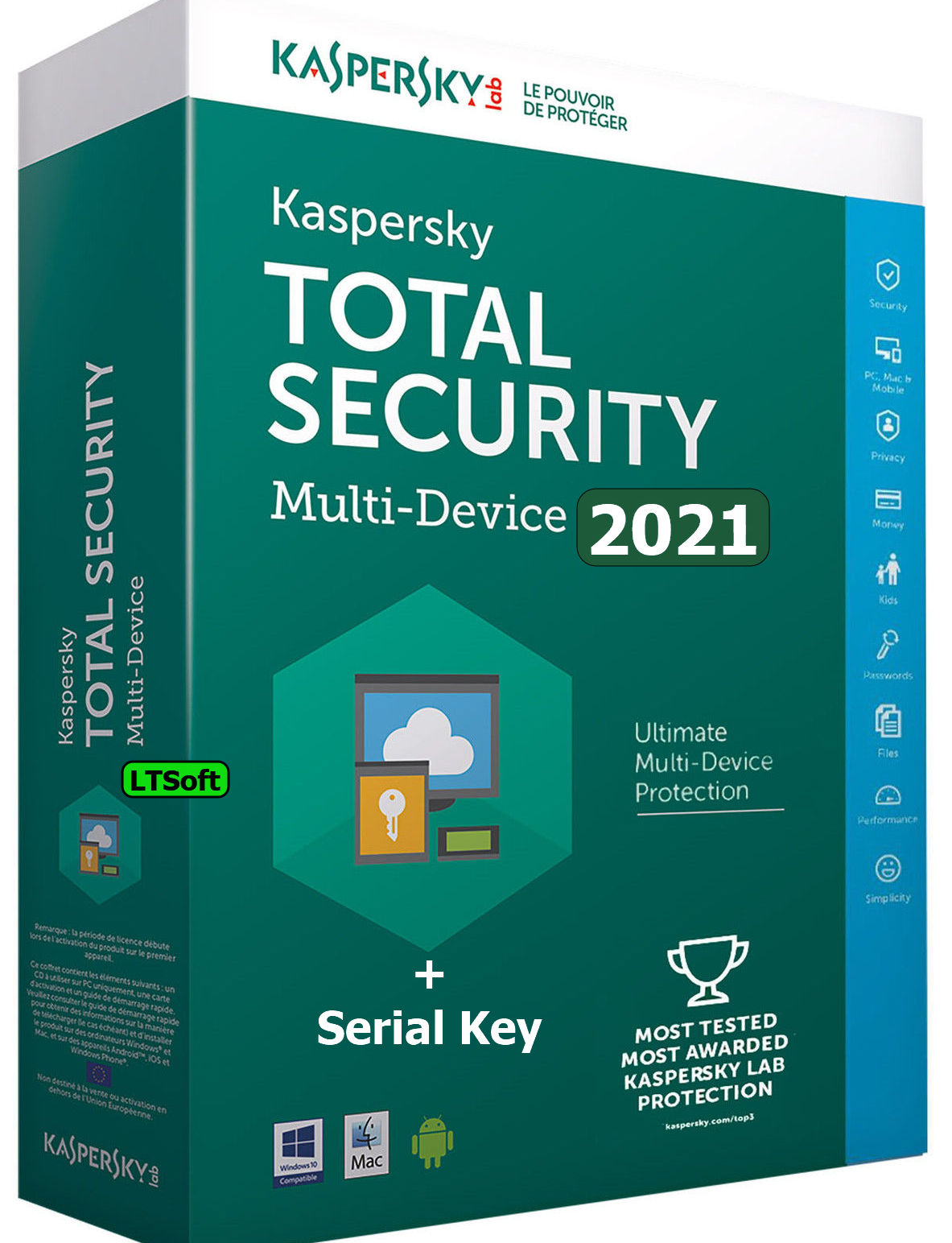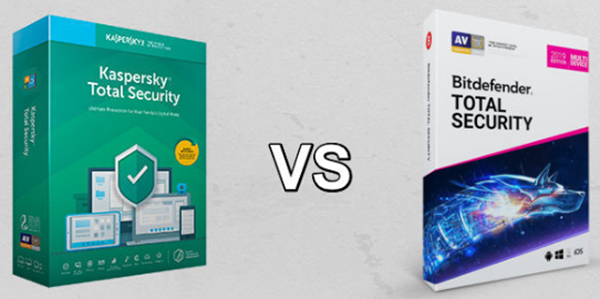

Traditional antivirus programs are more simplistic and limited in scope compared to modern EDR systems.

Some of the key differences between EDR and traditional antivirus are discussed below: Traditional Antivirus They also have robust customer support services to help you get the most out of their products. They offer a wide range of features, including malware detection, anti-phishing, and anti-spyware protection. Some of the best enterprise antivirus providers include Symantec, McAfee, and Trend Micro. It also protects your computer against future infections. Antivirus software scans your computer for viruses and removes them before they can do any harm. Viruses can cause a lot of damage to a computer, including deleting files, crashing the system, or stealing information.

Related: The Financial Industry’s Biggest Threat Antivirus SecurityĪntivirus security is the process of protecting a computer from viruses. EDR tools can also be used to comply with regulations, such as the General Data Protection Regulation (GDPR). Organizations use EDR tools to protect their networks from a variety of threats, including malware, phishing attacks, and insider threats. Some EDR tools are available as standalone products, while others are included as part of a broader security solution. They can be installed on individual computers, on servers, or in the cloud. The response system takes action to contain or remove the threat.ĮDR tools can be deployed in several ways, depending on the needs of the organization. The detection system analyzes the data and looks for signs of malicious activity. The monitoring system collects data from the network and computers on it. Others can be used on any type of network.ĮDR tools typically have three main components: a monitoring system, a detection system, and a response system. Some EDR tools are designed for specific types of networks, such as cloud-based or on-premises networks. EDR tools can detect malicious activity, such as malware infections or unusual user behavior, and take action to contain or remove the threat.ĮDR tools are used by businesses of all sizes to protect their networks from threats. It is a type of security software that monitors and responds to threats on computer networks.

What does EDR Stand for?ĮDR stands for Endpoint Detection and Remediation in IT security. Update: Cybriant recently announced a rebranding of our Managed EDR service to MDR – Managed Detection and Remediation. EDR is the next level of protection – so what is the difference between antivirus vs. Traditionally, antivirus has been sufficient to protect your organization’s endpoints.


 0 kommentar(er)
0 kommentar(er)
